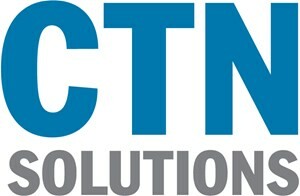In recent years, the global landscape has witnessed a significant push towards modernizing traditional voting systems through the adoption of electronic voting methods. While the transition holds the promise of increased accessibility, efficiency, and convenience, it has not been without its fair share of challenges, most notably in the realm of security concerns.
Embracing Innovation:
The shift towards electronic voting is undeniably an ambitious move to harness technological advancements for the betterment of democratic processes. The convenience of casting votes from the comfort of one’s home or utilizing electronic machines at polling stations seems like a natural progression in our increasingly digital age.
Unveiling Security Concerns:
However, this transition has not been without hurdles, and chief among them are the pressing security concerns that surround electronic voting systems. From the potential for cyberattacks to the vulnerability of centralized databases, there is a heightened need for comprehensive security measures to safeguard the integrity of the electoral process.
- Cybersecurity Threats: One of the primary concerns is the susceptibility to cyber threats. Electronic voting systems, connected to the internet, become potential targets for malicious actors seeking to manipulate results or sow discord.
- Lack of Voter Anonymity: Ensuring voter anonymity is a cornerstone of any democratic election. Electronic voting systems must grapple with the challenge of maintaining this anonymity while still providing a transparent and verifiable process.
- Trust in Technology: Building public trust in the reliability and security of electronic voting is an ongoing challenge. Skepticism about the vulnerability of these systems can erode confidence in the democratic process.
Addressing the Challenges:
Despite these challenges, it’s important to note that ongoing efforts are being made to address and mitigate the security concerns associated with electronic voting. Implementing robust encryption, multi-factor authentication, and regular security audits are crucial steps in fortifying the integrity of these systems.
Moreover, fostering transparency in the development and deployment of electronic voting technologies, along with engaging in open dialogues with the public, can contribute to building trust in this evolving electoral landscape.
Conclusion:
The transition to electronic voting represents a dynamic shift in the way we participate in democracy. While challenges persist, the commitment to overcoming security concerns and refining these systems is essential. Striking a balance between innovation and security is the key to ensuring that the democratic process not only embraces technological advancements but also stands resilient in the face of evolving threats.
As we navigate this transformative journey, it is incumbent upon policymakers, technologists, and citizens alike to collaboratively work towards a future where electronic voting is synonymous with accessibility, efficiency, and, above all, security.
